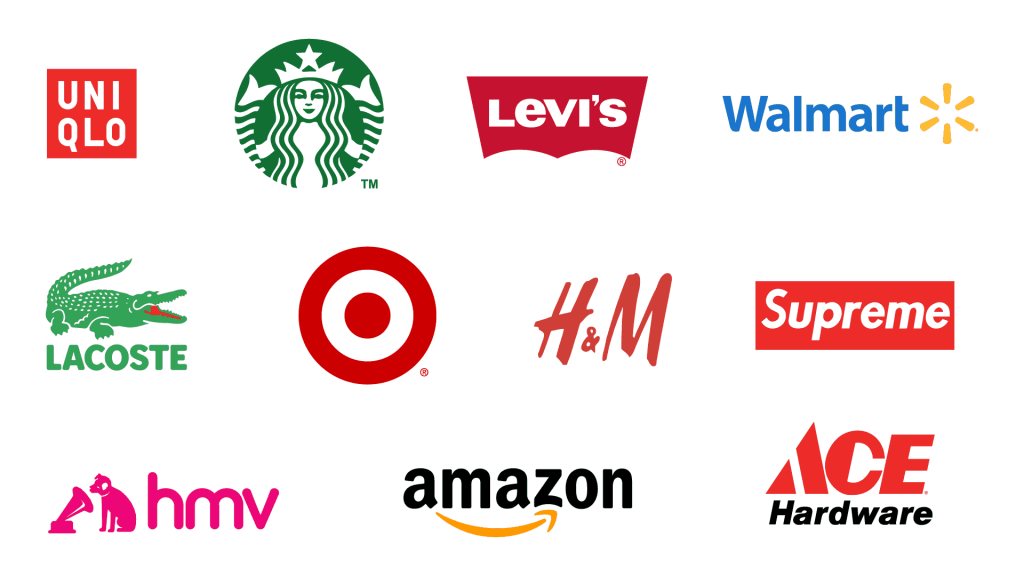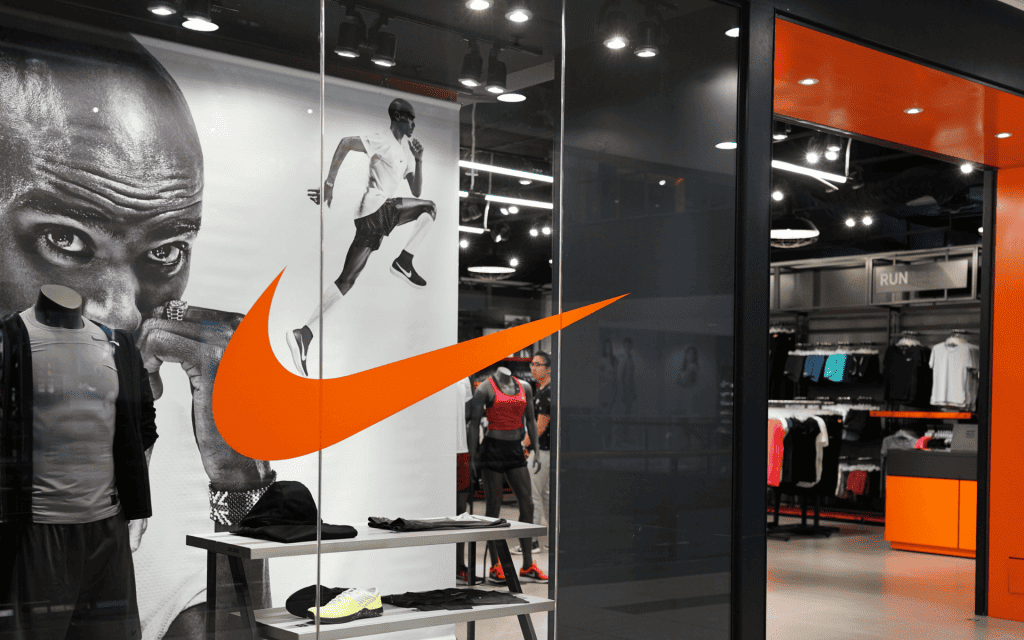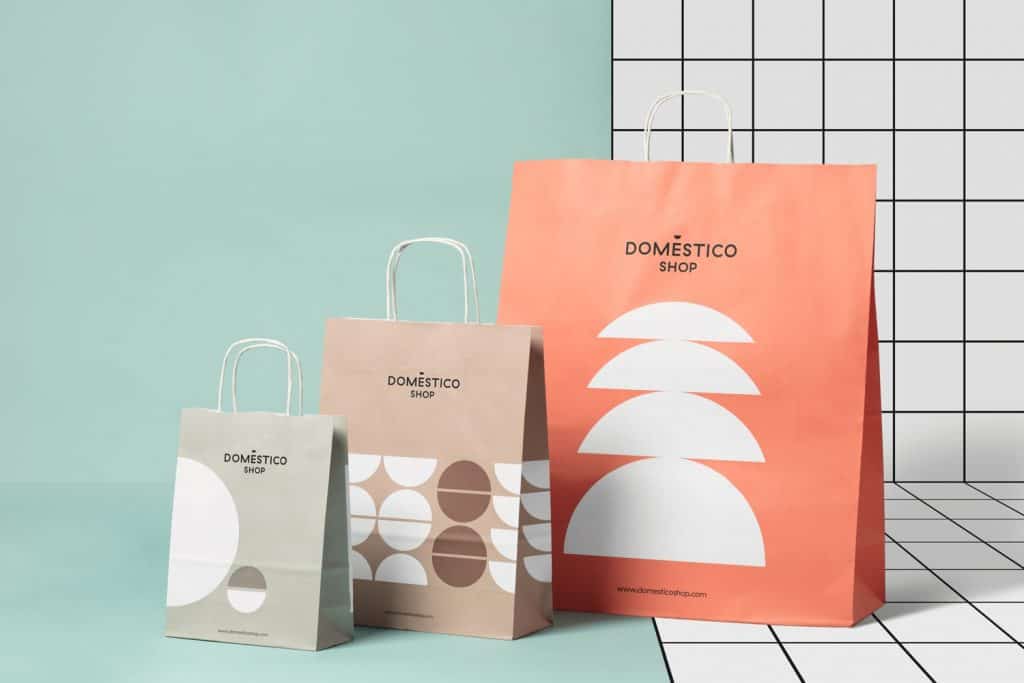6 Things You Need To Know About Branding In Retail
Today's consumers are increasingly looking to buy products that fit their lifestyle and budget.
The power of branding has never been stronger. We live in a world where consumers have become increasingly educated about products, services and companies. With a wealth of online information, consumers are often well informed about the brands they love and choose to use daily. This makes for a challenging environment for retailers. The good news? Consumers still enjoy the brand they know and trust—you can tap into it by investing in brand-building programs.
It is no secret that retailers spend enormous time and money building their brands. But they may not know that branding isn't just for consumers anymore. Brands can also benefit from strategic branding in the stores they work with.
Table of Contents
1: Determine the Purpose of Your Brand

Branding is something that has been done since ancient times. We use different logos for different purposes. We give names to businesses to help customers identify the business they are about to patronise. We even use the same names for different products or services.
We have various brands in retail, such as Nike, Starbucks, Apple, McDonald's etc. These companies can differentiate themselves from their competitors by using their brand identity.
In today's world, people expect you to offer them various products. Your store must look good to make an excellent first impression on the customer. It would help to create a positive first impression and a well-designed brand.
When you design your brand identity, you must ensure that the design communicates a positive image of the company and its products to customers. When a person sees a logo or name, he instantly identifies the company associated with the brand. So, the logo must represent the company well.
The following are the reasons why you need to have a brand:
1: You should have a distinct and consistent identity for the business.
You should have a unique and distinctive logo, tagline, slogan, colour scheme, and everything related to your brand.
This helps to create a brand that consumers understand and can recognise quickly. People don't usually buy a product based on its price but choose to buy it because of its brand.
A company with a well-designed brand identity attracts customers with its products.
2: It can make your product unique.
Your brand can act as a unique selling proposition. This means that it helps you to stand out from the rest of your competitors. Your brand can also be a powerful way to attract customers and keep them returning.
3: It attracts customers.
The brand will make your company more desirable and memorable. A company with a good brand identity will likely get more customers than another company without one.
4: It can increase sales.
Your brand helps to develop and maintain the image of the company. It also helps to boost the awareness of the company among the customers.
5: It makes your brand more memorable.
It makes your brand more memorable and attractive. When people think of your brand, they remember it better.
6: It increases customer loyalty.
People feel more loyal to companies with good brands. A good brand also encourages employees to work harder for the company. A company's brand is its most valuable asset. It is also what drives sales and growth.
Companies with good brands can do well financially, while companies with bad brands are usually in financial trouble.
2: Understand How to Define Your Brand

It's a well-known fact that every business has a unique brand. In simple terms, a brand is defined as a company's identity. So, to build a brand for your business, you must know what your brand stands for. Your brand must be a reflection of your business.
If you are starting a new business, your brand should also help you stand out. To make this happen, you must define your brand and create a strategy around it. Once you have done this, you can communicate your brand effectively to the world.
Branding is one of the first things that come to mind when people think about a company. After all, there is much advertising around the globe. But it is not just an ad. It is more than just that. It represents a company's core values, what they stand for and what its customers can expect from them.
So, to understand your brand, you need to define what it stands for clearly. Here are some ideas to get you started:
Awareness
Your brand will become successful only if your customers have a good knowledge of it. If you want to achieve this, then you need to keep your brand and your business visible. It would help if you were sure your customers could find your products or services easily.
Credibility
Your customers need to feel safe when they buy from you. They should be able to trust you because they know you are a credible brand. You can do this by giving them good service, providing quality products, and delivering customer service that makes them feel important.
Convenience
To increase your brand, you should consider making it convenient for your customers. This means making things easy for them and providing a good shopping experience.
Efficiency
Your customers need to know you will take the time to do things right. So, when they shop with you, they should be able to depend on you. This means that you should provide high-quality products that are delivered quickly.
Fun
If your brand has fun, then your customers will enjoy it too. You can create fun experiences for your customers by taking them on exciting trips, using innovative technology, and offering them discounts.
Value
Your brand needs to show that you are committed to giving your customers value. This means that you will always look for ways to improve the quality of your products or services.
The more you understand your brand, the better you can communicate it. If you need help with this, then you should talk to your brand consultant.
3: Create a Brand Identity

Creating a brand identity for branding in retail is a critical step in designing a marketing plan for the retailer. A brand identity for a business is the overall visual identity that represents the company and its products. A brand identity is a way to communicate the purpose of your business to customers and associates.
A brand identity can help you differentiate your business from the competition and make it easier to identify you in the marketplace.
A brand identity usually comprises two main elements – visual and verbal. Your business should have a clear and consistent visual appearance so that customers recognise your business when they see it. This includes the signs and logos that identify your business.
As part of creating a brand identity, it is also essential to consider how you want to present your products to your customers. Will you use a particular colour scheme throughout your product lines, or will you have multiple colours? Do you want to use a particular font type? These choices can also help customers identify your business as you build a relationship with them.
Your brand identity can include elements such as your logo, store name, tagline and slogan.
You must develop a brand identity with your business goals and target audience. As you create your brand identity, remember that the most important thing is to do what works best for your business and your customers.
In addition to creating a brand identity, it is also imperative to have a business plan that outlines your goals for your business. A good business plan can help you stay focused and stay organised as you move forward with your business.
4: Develop a Brand Strategy

A brand strategy is a long-term plan for a company or organisation that involves creating brand awareness, a distinctive identity, a consistent message, and brand equity. We can break it down into three main components: a business strategy, a marketing strategy, and a brand strategy.
Branding creates a recognisable image for a product or service that can be traced back to the original creator and is consistently maintained. A brand strategy is designing a marketing plan that creates the desired image for a particular product or service. It involves creating a unique identifier representing the product or service, defining the target audience, developing a logo, creating a website, promoting the brand, and monitoring the results.
Retail is one of the best examples of how brands work. Brands are created by retailers for their products, services and brand recognition. To differentiate themselves from competitors, retailers must create a recognisable image and build brand equity. To do this, they need to understand the brand image of their competitors. They must also clearly communicate their customers' vision, values, and mission.
Brand Strategy Process
- Define the product or service: To design a good brand strategy, you must first define the product or service you plan to develop. This may involve researching the market trends and competitive landscape, creating a detailed product analysis, identifying your target audience, and analysing the customer needs.
- Identify the target audience: Target audiences differ based on the product or service offered. You must identify whom you will sell to and how you plan to make them aware of your products and services.
- Define the product or service attributes: This includes defining the features, benefits, and features of your product or service. Knowing what makes your product or service unique is essential to effectively communicating it to your target audiences.
- Research and determine the competition: Competitors should be studied to understand what they offer and why their customers choose them. The competition can also provide insight into how well you are doing and where you need to improve.
- Create a vision statement: The vision statement briefly describes what you hope to accomplish with your brand. It is a powerful statement that should inspire your team members and motivate your efforts.
- Create a mission statement: A mission statement describes what your company is about. It is often presented in a short, simple sentence, but the critical point of your mission statement is that it is specific, measurable, attainable, relevant and time-bound.
- Develop a brand architecture: The brand architecture helps you map out the structure of your brand and its various components. This can include the identity, the message, the website, and the physical environment.
5: Integrate Your Brand Identity

Branding is the art of marketing in such a way that the brand identity is consistently communicated through visual design, product labelling, advertisements, product packaging, and other related marketing material.
How to integrate your brand identity for branding in retail?
Let's say you are a store owner and you're planning to open your store. You want to start with an eye-catching logo, product labels and advertisements. So, what do you do? You're going to need to brand your store. In other words, you must create a brand identity for your store.
A brand identity is the set of values and characteristics of a brand that represent its overall identity. A company may have more than one brand identity.
What does it mean to integrate your brand identity?
The first step to integrating your brand identity is to know what it is. A brand identity represents a collection of symbols, designs, words, colours, and graphics that help to convey a particular set of values to the people who come into contact with the brand.
In other words, it helps build a strong connection between a business's products or services and its customers. It is like a trademark representing a particular company's products or services.
How to integrate your brand identity?
Here are some ways to help you integrate your brand identity:
Create a brand personality
A brand personality is the set of values and characteristics of a brand that represent its overall personality. When you think about your brand, you need to identify the brand personality you wish to express to your audience.
6: Determine Whether to Develop a Private Label Brand

Developing a private label brand is essential to the business world. It allows you to create your own products, sell them, and offer them to your customers at a discount.
You'll need a brand identity to market your private label products. Your brand identity will be a visual representation of your business that customers will trust. Your brand identity will provide a strong marketing message to your customers and keep them coming back to you.
The first step to developing a brand identity for your private label brand is selecting your logo. Choose something straightforward. Include the company name, a brand logo, and the product's name. Use the logo in your business materials and on your website. Customers will associate the logo with your brand.
Your next step is to develop your colour palette. Look at colours that are similar to your company logo. Use complementary colours to create a balanced design. Try to include much white space. Make sure the design is easy to read and use a legible typeface.
Next, design your marketing materials. Your marketing materials include business cards, brochures, flyers, websites, emails, catalogues, packaging, and signage. Create something that is visually appealing and includes your brand logo and brand colour.
You'll also need to develop your product design. Your product design must stand out from your competitors. Try to keep your product design simple and clean. Include your brand logo and brand colour. Your products should look unique. Be careful not to copy another manufacturer's design.
You'll also need to develop your advertising and sales materials. Your advertising and sales materials include marketing videos, social media posts, radio commercials, and newspaper ads. Create something attractive, professional, and memorable.
Lastly, develop your product packaging. You'll need to design your product packaging so your customers will recognise your brand. Package your products in a box that indicates the brand, company, and product name. Make sure that the box is durable and easily recyclable.
Conclusion
So many people have a tough time understanding how branding in retail works and how to apply it in their stores. After all, every day, we see new brands and products appear. While these products may be branded with a logo and name, much more goes into creating a memorable brand. Making a brand work takes time, effort, and a team of experts. This is why it's so crucial for you to understand how branding works and what you can do to apply it to your retail stores.
So in this post, I gave you a quick overview of what you need to know to get started.
Get branding in retail wrong, and your brand can be amateurish and unprofessional. Don't make it worse!
